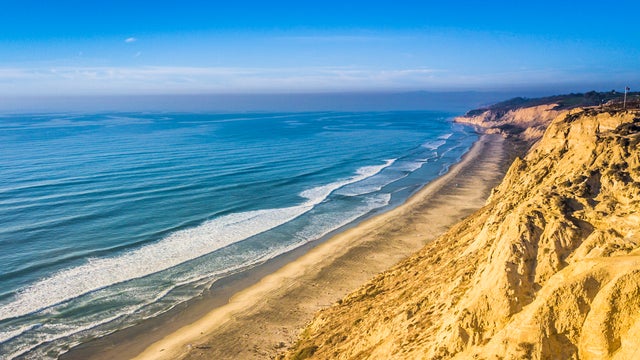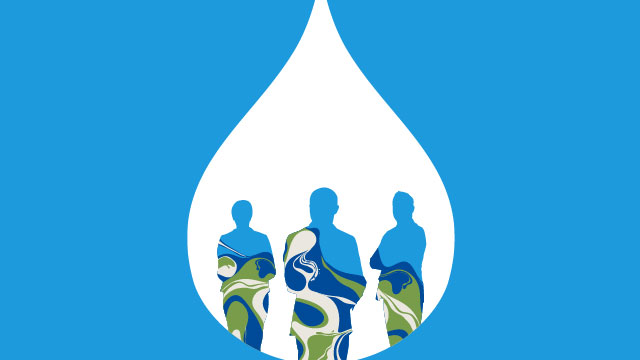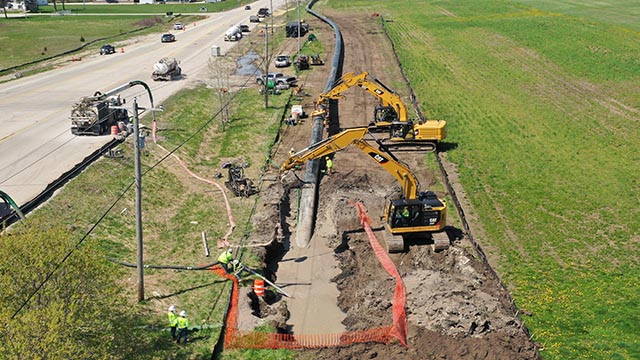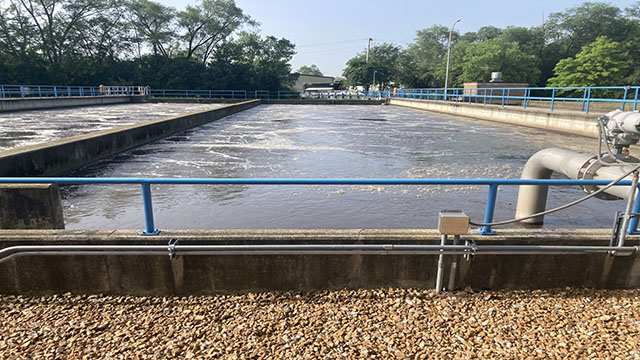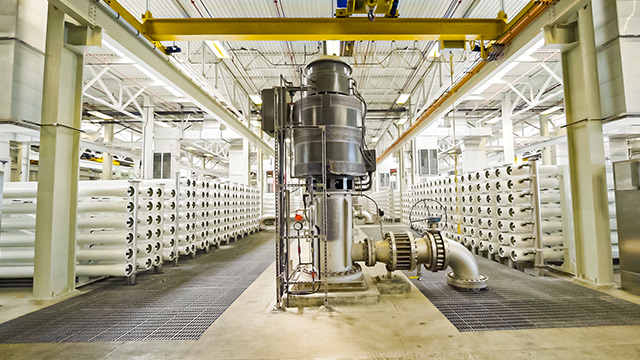Clean hydroelectric energy is a key part of many renewable energy portfolios in the U.S. Pacific Northwest. Anadromous fish runs in the very rivers that produce hydroelectric energy are a defining characteristic of the unique environment of the region. Two Black & Veatch projects on the Lewis River in southwest Washington are helping to preserve both hydropower capacity and the natural environment.
Black & Veatch and its team of subcontractors were selected to complete two major fish passage projects as part of PacifiCorp’s new Federal Energy Regulatory Commission licenses for its hydroelectric power generation facilities on the Lewis River. The projects have reopened approximately 117 miles of historic salmon and steelhead habitat upstream of the Swift, Yale and Merwin hydroelectric dams.
Replenished Habitat
At Swift Reservoir, the uppermost reservoir, a new 10,000-square-foot floating surface collector helps thousands of juvenile fish hatched in the surrounding freshwater streams to migrate to the sea. A system of netting and river-like outflow conditions direct fish away from the spillway and powerhouse intake of the 412-foot-high Swift Dam and toward the collector. From there, they are transported in trucks around the three dams, where they are released downstream to continue their migration.
When the fish return from the ocean to the freshwater as adults, an improved fish passage system awaits at the 313-foot-high Merwin Dam, the furthest downstream dam on the river. This system includes a “fish ladder” and sorting facility. Based on sorting, fish collected at Merwin are either routed to a local hatchery or released in locations upstream of Swift Dam to spawn naturally in the Lewis River or its tributaries. As is the case at Swift Dam, specially-designed trucks safely transport the fish around the three dams.
Over time, the projects are expected to help recolonize the upper Lewis River with growing populations of wild fish, some of which are listed by the Endangered Species Act, including Lower Columbia River chinook, coho and steelhead. And that can only mean a stronger tie between the region’s people and the natural environment, thanks to the partnership of PacifiCorp and Black & Veatch, along with its specialty sub-consultants.
The Merwin facilities have the capacity to handle 3,700 adult fish per day, all of which must pass upstream or to hatcheries within 24 hours of collection.

